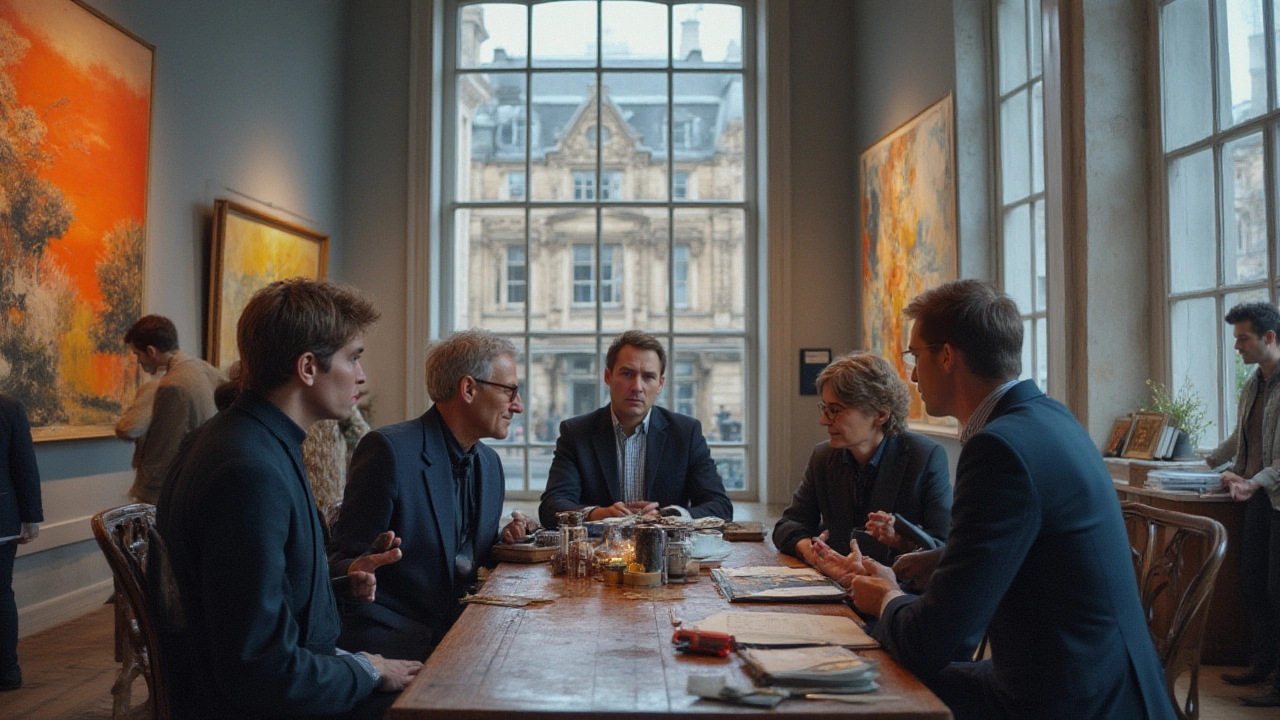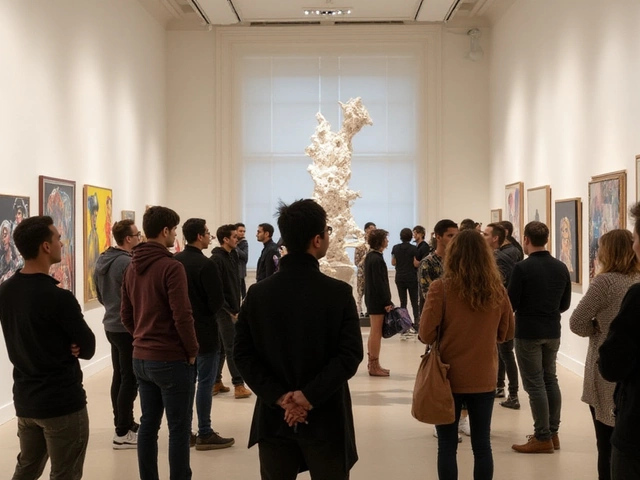Artist Exhibition Fees – What You Need to Know
When planning artist exhibition fees, the charges an artist pays to show work in a gallery or venue. Also known as exhibition costs, they can include everything from space rental to marketing. Understanding these fees helps you avoid surprise bills and lets you allocate money where it matters most.
One of the biggest line items is venue rental fees, the price a gallery or alternative space charges for using its walls and floor space. Those fees often depend on the size of the show, the city, and the duration of the exhibition. Another key component is gallery commissions, the percentage of sales a gallery takes as compensation for promotion and sales support. Some spaces work on a flat‑rate model, while others negotiate a split that can range from 30% to 50% of any sold pieces. Then there’s the artist budget, the overall financial plan an artist creates to cover fees, production costs, shipping, insurance and marketing. A realistic budget forces you to tally each cost, estimate potential revenue, and decide where to cut or invest.
These elements link together in clear ways: artist exhibition fees encompass venue rental fees, gallery commissions, and other production expenses; they require an artist budget to keep everything in balance; and the size of the venue rental fee often influences the overall fee structure. Knowing how each piece fits lets you negotiate smarter contracts, choose venues that match your price point, and forecast earnings more accurately. Below you’ll find a curated list of articles that break down digital art monetization, landscape painting tricks, modern art principles, and more – all useful for anyone looking to manage exhibition costs and boost their art career.

Unearth whether museums pay artists for exhibitions, the truth behind artist fees, what numbers look like, and tips for negotiating payment as an exhibiting artist.





